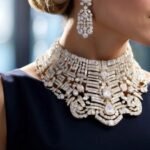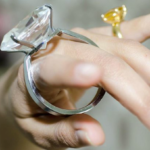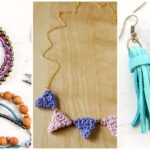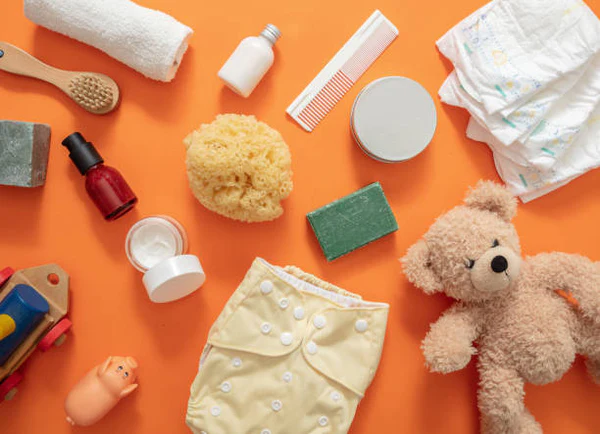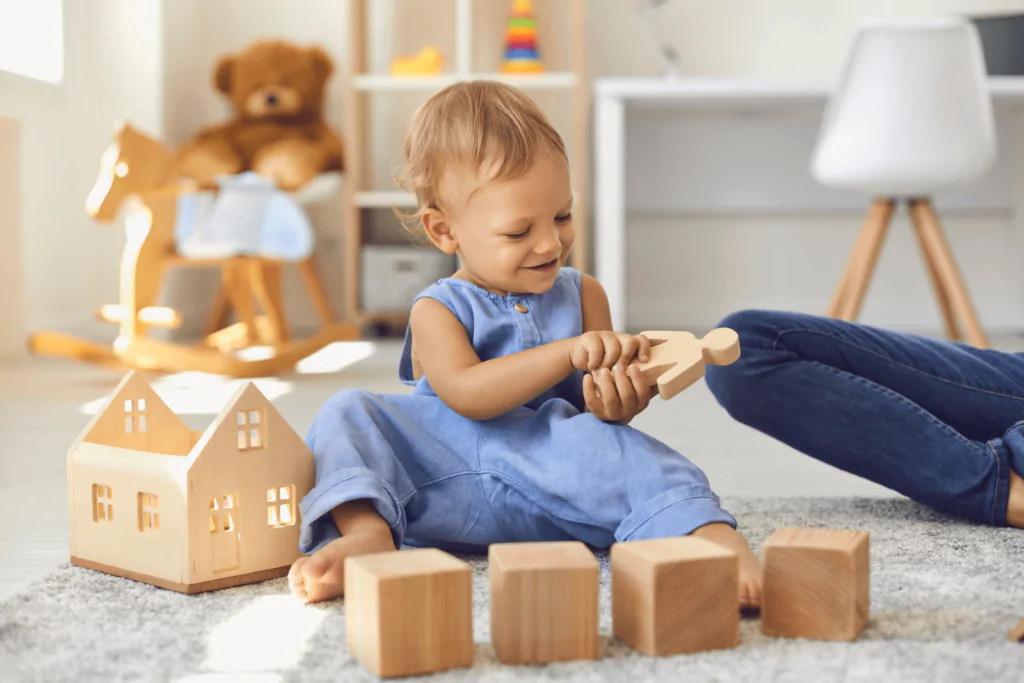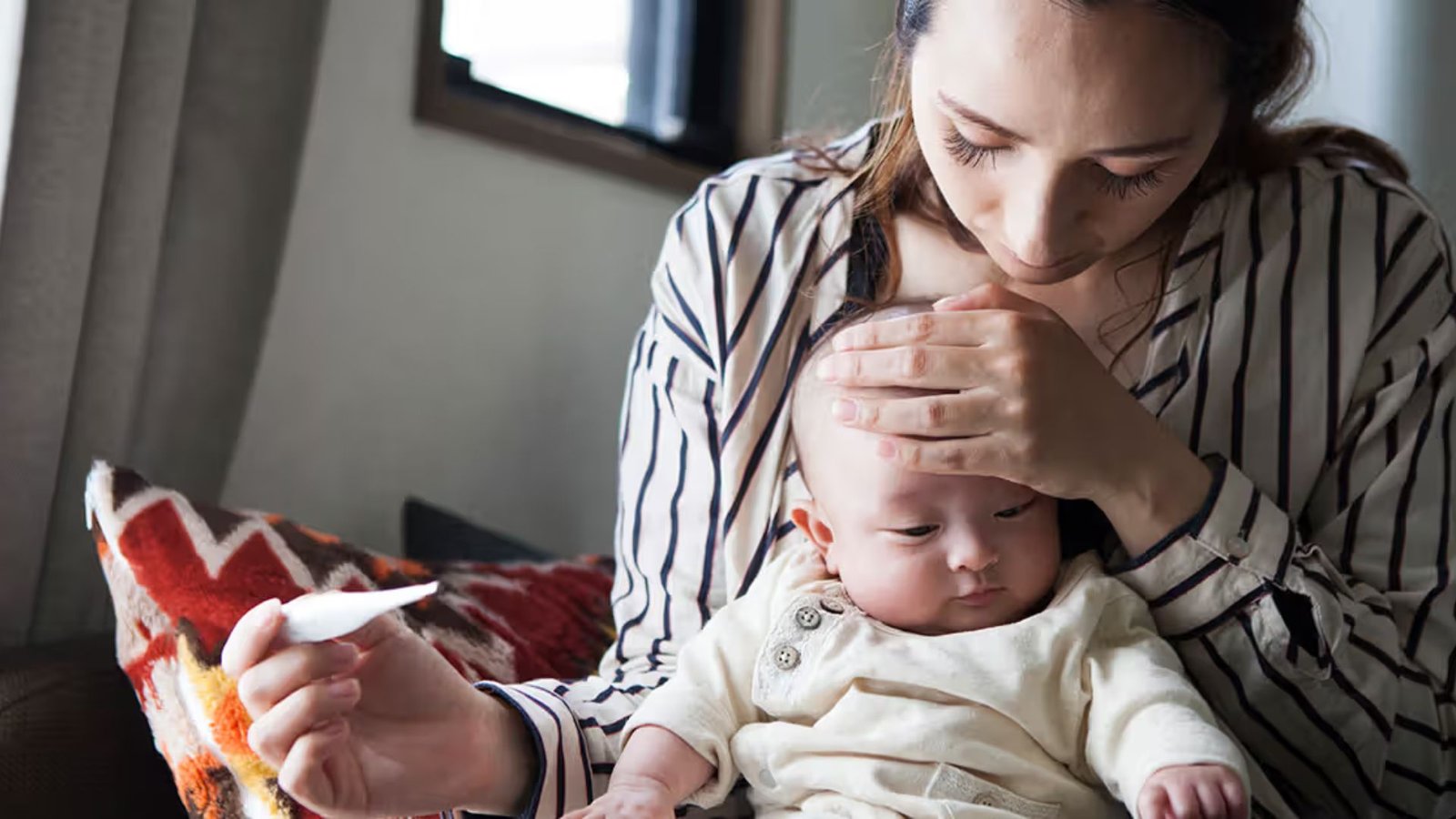As parents become more mindful of their environmental impact, the demand for eco-friendly baby gear is on the rise. Eco-conscious choices can make a big difference in reducing waste, supporting ethical practices, and promoting healthier environments for both your baby and the planet. From organic fabrics to biodegradable diapers, there are many sustainable options available. If you’re looking to build a greener, healthier nursery, here’s a list of eco-friendly baby gear that prioritizes sustainability without sacrificing quality or safety.
1. Organic Baby Clothing
Your baby’s skin is delicate and sensitive, so choosing organic clothing made from natural fibers like cotton, bamboo, or hemp is a sustainable and safe option. Organic fabrics are grown without the use of harmful chemicals, pesticides, or synthetic fertilizers, making them gentler on both your baby’s skin and the planet.
Why it’s eco-friendly:
- Free from toxic chemicals, pesticides, and dyes, making it safer for your baby’s sensitive skin.
- Organic farming methods are better for the environment, supporting soil health and reducing pollution.
What to look for:
- Organic cotton or bamboo fabric.
- Certifications like GOTS (Global Organic Textile Standard) for reassurance.
2. Biodegradable Diapers
Traditional disposable diapers can take hundreds of years to decompose in landfills, contributing to environmental harm. Biodegradable diapers are designed to break down faster than regular diapers, offering a greener option for parents. Many brands now use plant-based materials and natural absorbents to create diapers that are less harmful to the environment.
Why it’s eco-friendly:
- Made with renewable resources like plant-based fibers, reducing dependence on plastic.
- Break down more quickly than conventional diapers, helping to reduce landfill waste.
What to look for:
- Compostable or biodegradable materials.
- Free from chlorine, perfumes, and harsh chemicals.
3. Non-Toxic Baby Furniture
When it comes to setting up your baby’s nursery, choosing non-toxic, sustainable furniture is a great way to ensure a healthier environment. Look for cribs, dressers, and changing tables made from solid wood rather than MDF or particleboard, which often contain formaldehyde and other harmful chemicals.
Why it’s eco-friendly:
- Wooden furniture is renewable, and many manufacturers use sustainable harvesting methods.
- Non-toxic finishes and paints ensure your baby’s nursery is free from harmful chemicals.
What to look for:
- Cribs and furniture made from FSC-certified (Forest Stewardship Council) wood.
- Non-toxic, low-VOC paints and finishes.
4. Eco-Friendly Baby Bottles and Feeding Gear
When it comes to feeding, eco-friendly baby bottles made from glass or BPA-free plastic can help reduce exposure to harmful chemicals. Glass bottles are reusable, durable, and easy to clean, making them a great long-term investment. Additionally, sustainable baby feeding gear such as cloth bibs, organic cotton burp cloths, and reusable food pouches are all great alternatives to single-use plastics.
Why it’s eco-friendly:
- Glass and BPA-free plastics are safer for your baby and the environment.
- Reusable items reduce waste and help eliminate the need for disposable alternatives.
What to look for:
- BPA, phthalate, and PVC-free bottles.
- Stainless steel or bamboo feeding tools.
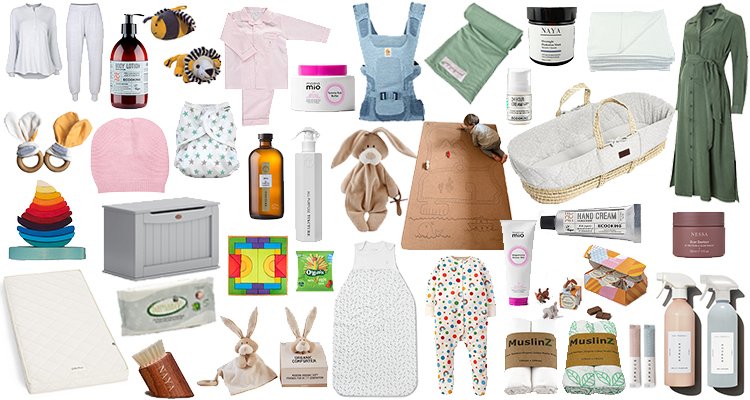
5. Cloth Diapers
For parents who are looking for a more sustainable alternative to disposable diapers, cloth diapers are an excellent choice. While they require more frequent washing, they can be used repeatedly, reducing waste significantly. Plus, cloth diapers are available in various eco-friendly materials such as organic cotton and hemp.
Why it’s eco-friendly:
- Reduces the need for disposable diapers, which take centuries to decompose.
- Can be reused for multiple children, further reducing environmental impact.
What to look for:
- Organic cotton or hemp fabric.
- Adjustable designs that fit your baby’s growth stages.
6. Wooden Toys and Eco-Friendly Playthings
When it comes to your baby’s development, choosing toys made from natural, non-toxic materials is crucial. Wooden toys made from sustainably harvested wood or recycled materials are durable, safe, and eco-friendly. Avoid plastic toys, which can contain harmful chemicals and contribute to plastic pollution.
Why it’s eco-friendly:
- Wooden toys are made from renewable resources and tend to last longer than plastic counterparts.
- Non-toxic paints and finishes ensure they are safe for babies to chew on and play with.
What to look for:
- Sustainably sourced wood, like FSC-certified options.
- Non-toxic paints and finishes.
7. Eco-Friendly Baby Bedding
Baby bedding, such as sheets, blankets, and crib mattresses, made from organic cotton or bamboo, ensures your baby is sleeping in a safe and eco-friendly environment. Many traditional bedding products contain synthetic fibers, which may release harmful chemicals. Opting for organic fabrics reduces the environmental footprint while offering a healthier option for your baby.
Why it’s eco-friendly:
- Organic cotton and bamboo are grown without harmful pesticides, making them gentler on the planet.
- These materials are biodegradable and compostable, helping to reduce waste.
What to look for:
- Organic cotton, bamboo, or linen.
- Certifications like GOTS for organic textiles.
8. Eco-Friendly Baby Bath Products
Baby bath products, including soaps, shampoos, and lotions, should be gentle on your baby’s skin while also being eco-friendly. Look for products made from plant-based ingredients, free from parabens, sulfates, and artificial fragrances. Eco-friendly packaging, such as recyclable or biodegradable containers, can also reduce your environmental impact.
Why it’s eco-friendly:
- Plant-based, biodegradable ingredients are safe for both your baby’s skin and the environment.
- Eco-friendly packaging helps reduce plastic waste.
What to look for:
- Chemical-free, organic, or all-natural baby products.
- Recyclable or compostable packaging.
9. Sustainable Baby Carrier
Carrying your baby in a carrier can be a more eco-friendly option than using strollers. Baby carriers made from organic cotton or bamboo are durable, breathable, and gentle on your baby’s skin. Plus, using a baby carrier reduces the need for cars and helps minimize your overall environmental footprint.
Why it’s eco-friendly:
- Made from sustainable, renewable materials like organic cotton and bamboo.
- Reduces the need for a stroller or car use, promoting sustainable transportation.
What to look for:
- Organic cotton or hemp fabrics.
- Adjustable, ergonomic design for comfort and support.
10. Eco-Friendly Baby Cleaning Products
Cleaning your baby’s bottles, toys, and clothes requires safe and effective products. Look for baby-friendly cleaning products made from plant-based ingredients and packaged in recyclable containers. These products are gentle enough for your baby’s items while being better for the environment than conventional chemical cleaners.
Why it’s eco-friendly:
- Plant-based ingredients are non-toxic and biodegradable.
- Eco-friendly packaging reduces plastic waste.
What to look for:
- Non-toxic, plant-based cleaning products.
- Recyclable or compostable packaging.
Conclusion
Choosing eco-friendly baby gear is not only a sustainable choice for your family but also a meaningful contribution to the well-being of the planet. From organic clothing and biodegradable diapers to non-toxic toys and wooden furniture, there are many ways to create a greener nursery. By investing in these eco-conscious products, you’re setting a positive example for your child and helping to preserve the environment for future generations. As more parents prioritize sustainability, these eco-friendly options are becoming increasingly accessible and affordable, making it easier than ever to make environmentally responsible choices.




